Visiting an Onsen in Japan
One of the delights of travelling in Japan is visiting a traditional Japanese bathhouse. Whether you are looking for a full spa treatment, or simply unwinding after a long day backpacking, allowing the stress and tension to ebb out of your feet and shoulders, reclining in a Japanese bath is pure bliss.
However visiting an onsen is not simply a matter of walking in and dunking yourself in the water. Onsen are a time-honoured part of traditional Japanese culture, and part of what makes the experience so special are the rituals of visiting a bath. Moreover, not following the etiquette of an onsen can lead to public outrage – seriously! Here are a few pointers for your onsen visit;
Onsen or Sentō?
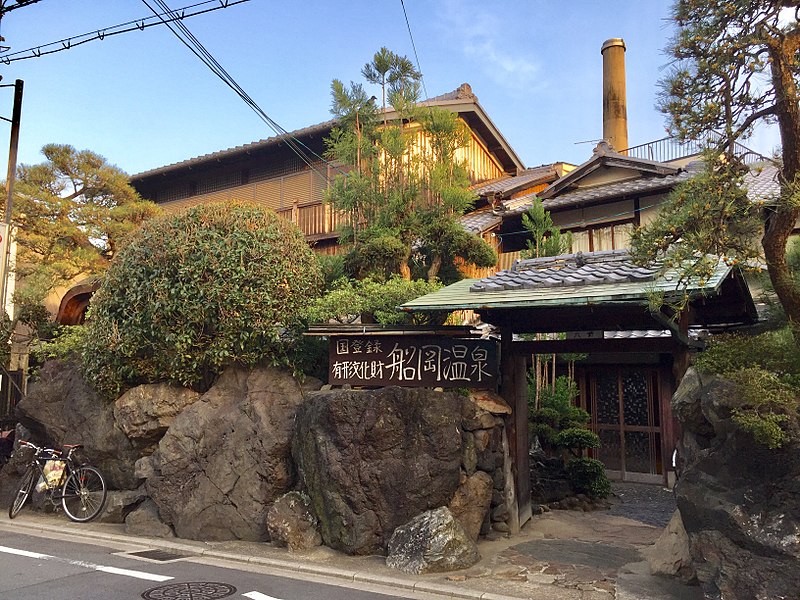
The traditional Funaoka Onsen in Kyoto (Image: Thirteen-fri, Wikimedia Commons)
You may have heard either of these two words to describe a Japanese bath. A sentō (the “o” is a long sound, hence the spelling “ō”) is the traditional public bath that Japanese people used to bathe in before the common installation of bathrooms in houses. The water is often just tap water, and heated to a high temperature, and the surroundings are tiled and can be quite utilitarian. An onsen is where the water is sourced from an underground spring, and often rich in minerals, giving it a tea-like appearance. The tubs might be wooden, tiled, or formed from natural rock, and sometimes onsen are open-air. Both are excellent for relaxing, but the onsen is undoubtedly the more atmospheric experience. Some onsen are really really special, and famous for their traditional design and aura, while sentō are often more routine inner-city affairs. In both places you are expected to follow the same etiquette.
No tattoos!
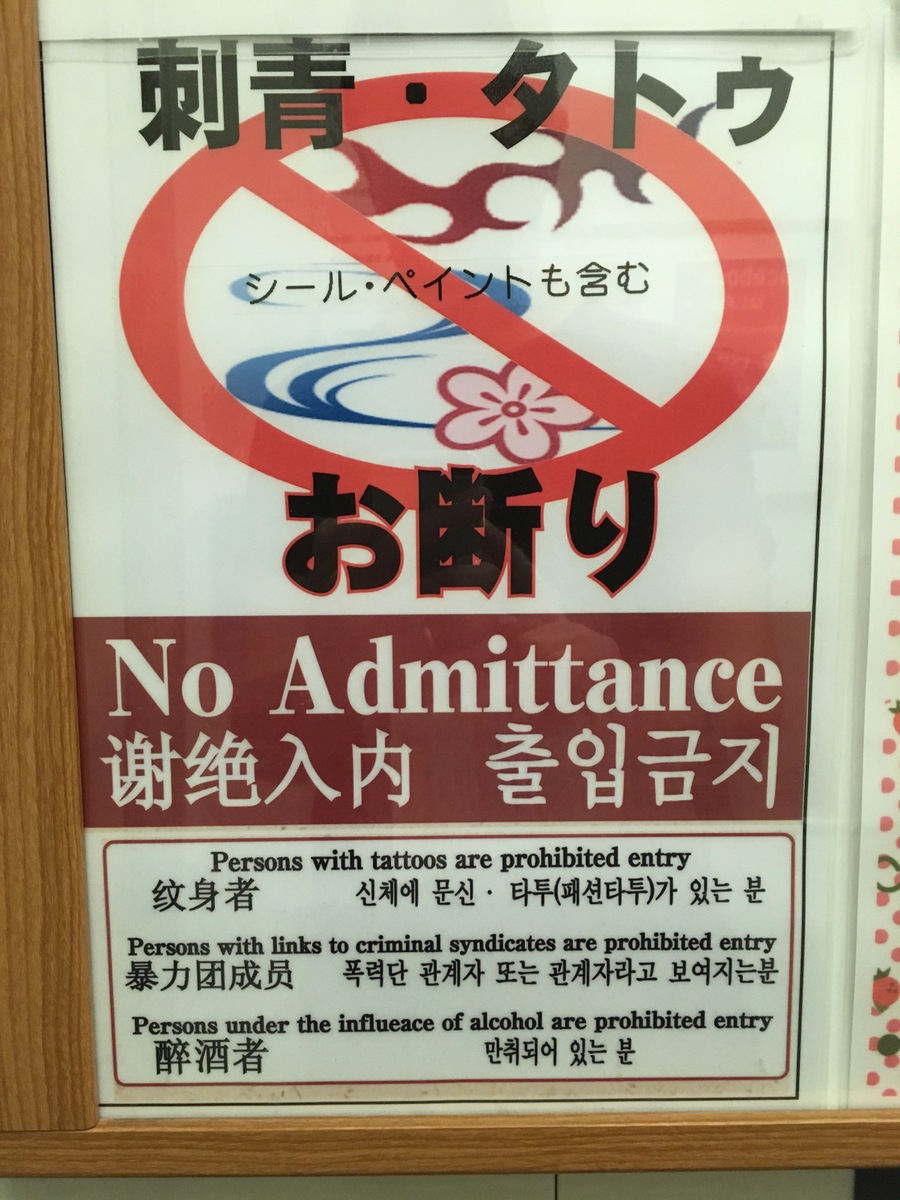
This sentō in Osaka makes very clear who is and isn’t allowed inside.
A handful of open-minded onsen and sentō will allow you inside with a tattoo, but most don’t. This is because of a tattoo’s stigma in much of Japanese society, suggesting that the wearer is a member of the yakuza, the much-feared Japanese mafia. If in doubt, ask before paying your fee. A better idea is to ask at your hotel if there is suitable facility nearby – larger cities like Tokyo and Osaka would be used to this question from curious tattoo-wearing foreigners.
Clothes off!
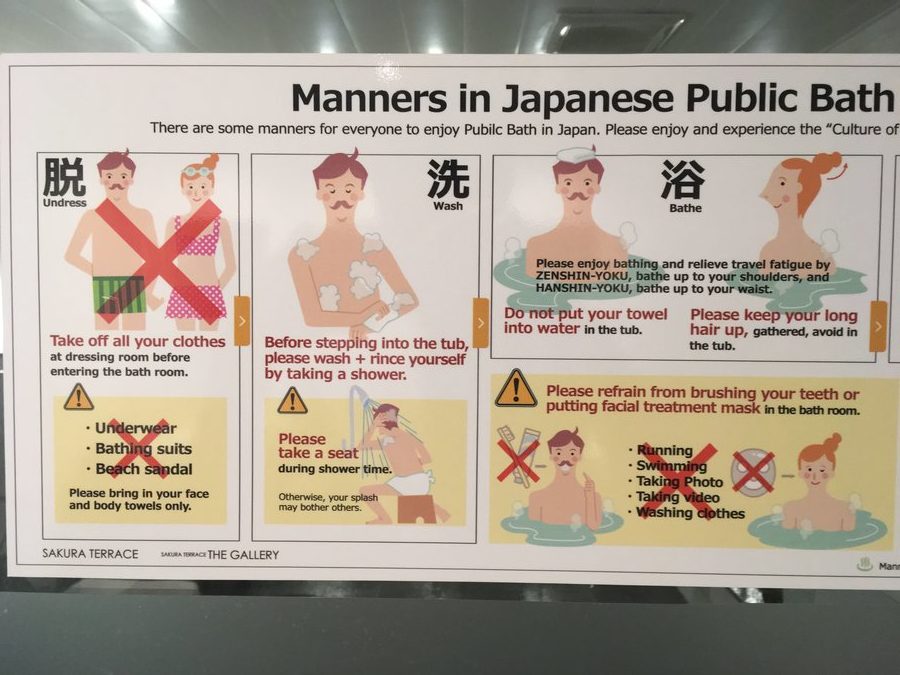
Onsen etiquette listed at the Sakura Terrace hotel in Kyoto
After you’ve paid your fee at entry, the receptionist will hand you a locker key and two towels; a large one to dry yourself and small one to wipe your face. You will be ushered into a changing room where you strip off. You must remove all your clothes – when you enter the bathing area you must be completely naked. There’s no need to be shy – everyone is doing the same thing, and no-one cares. Leave the large towel, your clothes and all your belongings behind, take the small towel in your hand, and walk into the bathing area.
Wash first!
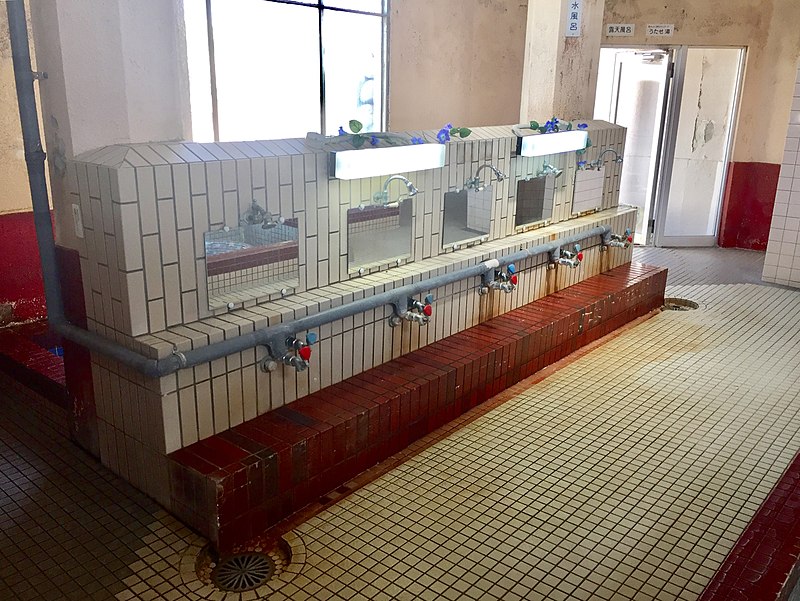
The washing area at the Imabari Radium Onsen (Image: Thirteen-fri, Wikimedia Commons)
Japanese baths are places to relax – not to wash off. Stepping directly into the bath will result in everyone else vacating the pool – no-one wants to share another person’s dirt and sweat. Instead, head to the shower area first. You’ll see a line of taps and stools – sit on the stool, fill the pail in front of you and wash your body clean. Some onsen and sentō have soap and shampoo dispensers at the taps, others will sell you a sachet for a small fee. It’s important to wash thoroughly, and to be seen to wash thoroughly by the other bathers who you’ll be sharing the pool with. Rinse all the suds off at the end.
It’s bath time!
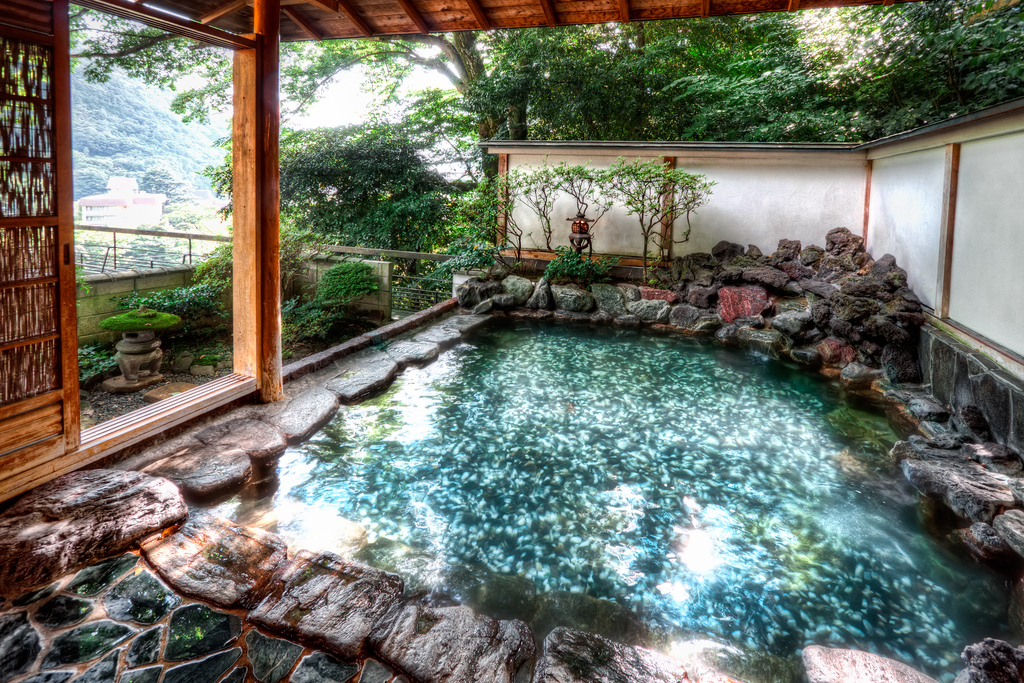
(Image: James Chan, Wikimedia Commons)
With that done, it’s bath time! Head towards the bath of your choice and slowly enter the water. Splashing is not appreciated in what is supposed to be a relaxing environment. You can submerge to your waist, or your shoulders, but never dunk your head under the water. Take a position by the side, and if you like you can roll up the hand towel and use it as a headrest – but it should never touch the water. Alternatively you can do as the locals do and place it over your head.
Spend as long as you like, but be aware that the heat can affect you – it’s not uncommon to feel slightly light-headed after a long soak – the steam and vapours are almost hypnotic. Some sentō and onsen have several baths of different temperatures, including an icy cold bath. Transferring from a hot bath into a cold bath is a technique that is supposed to strengthen the constitution, but first timers beware that the dramatic drop in temperature can leave your head spinning.
And that’s it!
Once you’ve had enough, head back to the locker room and dry off, taking care not to traipse too much water into the dry area. Back out in reception, there’s usually a snack bar where you can have a cup of tea, a cold drink or sometimes even a beer.
My favourite onsen and sentō
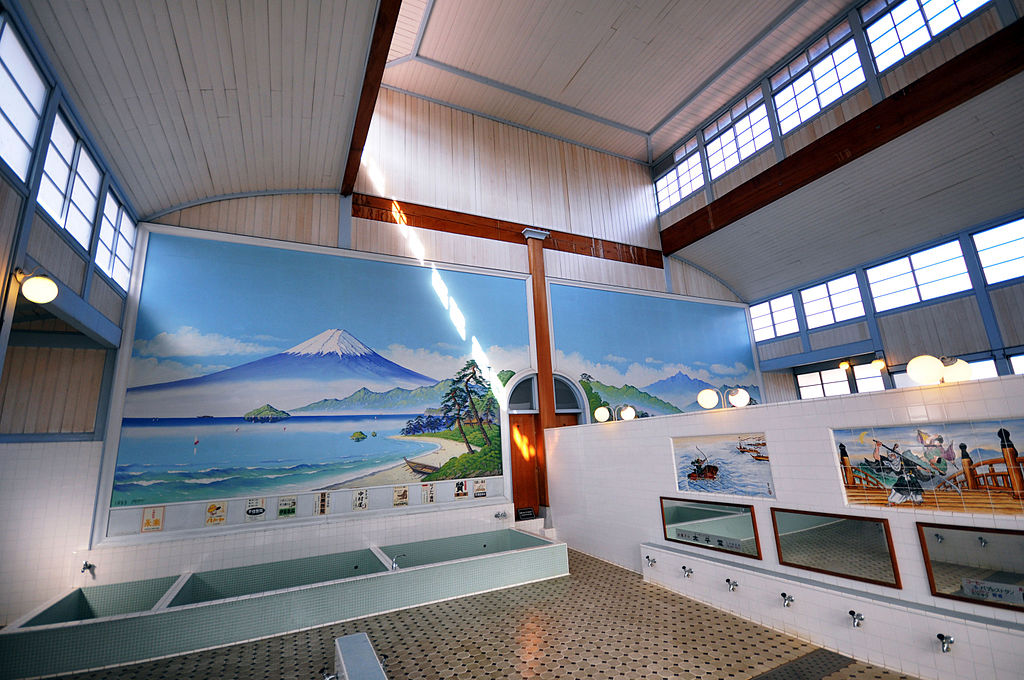
Interior of Bathroom of Kodakara-Yu (Image: kanegen, Wikimedia Commons)
I’m far from an afficiando of Japanese baths – I’ve only visited a handful, but I can honestly say that it has always been a wonderfully rejuvenating experience. These are the places I can recommend;
- Komparu-Yu Sento, Tokyo (traditional)
- Funaoka Onsen, Kyoto (historic)
- Sakura Terrace Hotel, Kyoto (tourist-oriented, hotel guests only)
- Hinatano-yu, Osaka (services a residential apartment block)

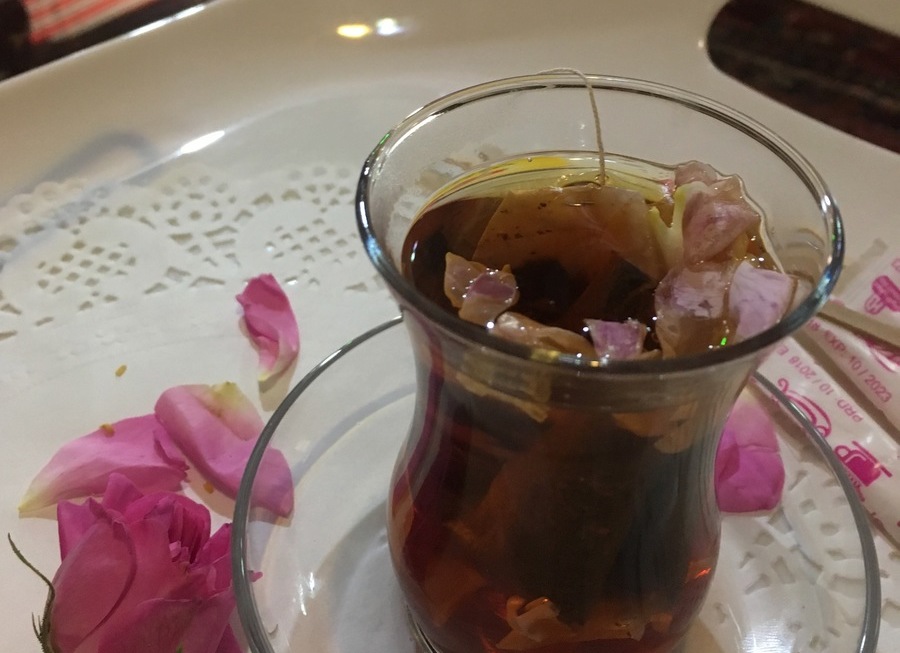


This is like a lonely planet guide all in one. I have no plans to visit japan just yet but I am certainly bookmarking this for the future. Thanks for sharing this guide about japan, this is really nice post.
I visited a few in my time in Japan. I must confess I didnt really enjoy them. I found the water simply too hot. And the day afterwards I always developed a migraine. i can see the appeal I guess….
I love the hot water! Ah well, horses for courses I guess…